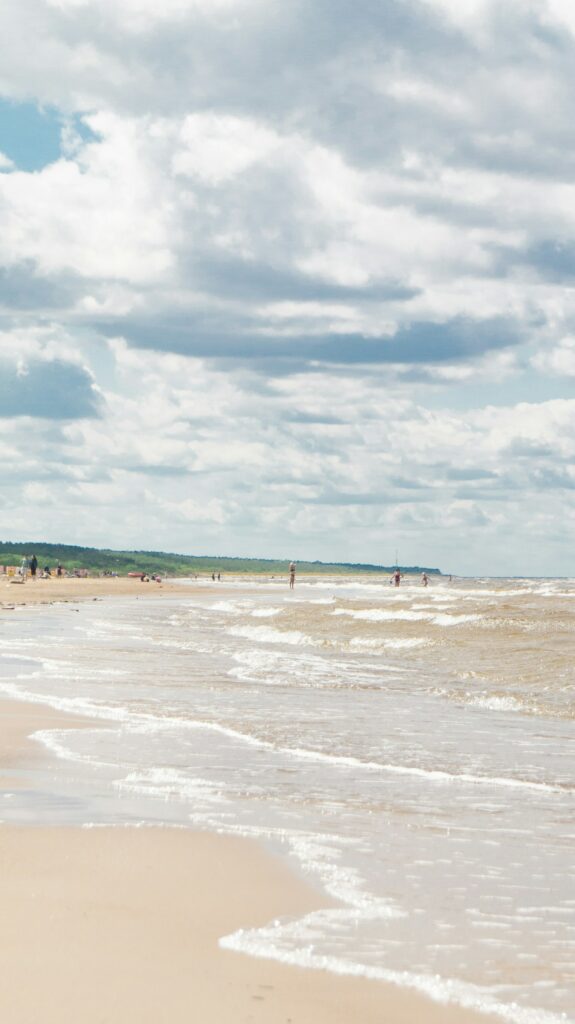Interrail in Latvia: the ultimate country guide 🇱🇻
- Thriving arts scene
- Fascinating architecture
- Amazing scenery
- Stunning beaches
- Active destination
Thriving arts scene
Fascinating architecture
Amazing scenery
Stunning beaches
Active destination
Table of contents 🇱🇻
Latvia overview
- Population: 1.9 million
- Capital: Riga
- Language: Latvian
- Currency: Euro
- Dialling code: +371
Latvia, a Baltic gem, is an exciting destination for Interrail travellers looking to explore history, nature, and culture. Its capital, Riga, is renowned for its medieval old town, vibrant nightlife, and stunning Art Nouveau architecture. The city is a UNESCO World Heritage site, and its compact size makes it easy to navigate on foot or by tram.
Beyond Riga, Latvia offers a wealth of natural beauty. The countryside is dotted with charming towns, ancient castles, and pristine national parks. Gauja National Park, often called the “Switzerland of Latvia,” is perfect for hiking, cycling, and canoeing, with its dense forests, river valleys, and medieval ruins. The Baltic coast is lined with sandy beaches, with popular spots like Jurmala offering seaside relaxation.
Latvia’s transport network is well-suited for Interrail travellers. The train system connects Riga to major cities like Daugavpils and Liepāja, with scenic routes that provide a glimpse into the country’s diverse landscapes. While trains may not reach every corner, Latvia’s buses are reliable and easy to navigate.
Latvia is rich in history, having been shaped by various empires and cultures over the centuries. Interrailers will find museums, monuments, and cultural experiences that showcase its unique blend of influences, from Germanic to Soviet.
Whether you’re drawn to Latvia’s urban buzz or natural serenity, the country offers a mix of relaxation and adventure that makes it an appealing stop on any European rail journey.
The top 4 cities to Interrail in Latvia
Riga
Riga, the vibrant capital of Latvia, is a must-visit for Interrail travellers seeking a rich blend of history, culture, and modern energy. Its medieval old town, with cobbled streets and colourful buildings, is a UNESCO World Heritage site and a perfect starting point for exploration. Key landmarks like the 14th-century Riga Cathedral and the ornate House of the Blackheads on Town Hall Square showcase the city’s rich history.
Riga is also known for its impressive Art Nouveau architecture, particularly along Alberta iela. The intricate designs of these buildings are some of the finest in Europe, making it a dream for architecture enthusiasts. For a panoramic view of the city, the tower of St. Peter’s Church offers stunning vistas over Riga’s skyline.
The city has a modern edge too. Riga’s Central Market, located in former Zeppelin hangars, is one of the largest in Europe. Here, you can sample local specialities like smoked fish, cheeses, and fresh pastries, offering a taste of Latvia’s culinary heritage.
Riga’s location makes it a convenient base for further travel within the Baltics. From here, it’s easy to hop on a train or bus and explore neighbouring countries Estonia and Lithuania. Tallinn, the medieval capital of Estonia, is just a few hours north, while Vilnius, Lithuania’s baroque gem, lies to the south. Each city offers its own unique history and charm, making a Baltic tour a rewarding experience.
With a reliable public transport system, including trams and buses, getting around Riga is simple. The city is also a great base for day trips, with nearby attractions like Jurmala’s sandy beaches and the tranquil forests of Gauja National Park.
Whether you’re drawn to its historic charm or modern flair, Riga is an essential stop for any Interrail traveller exploring the Baltics.
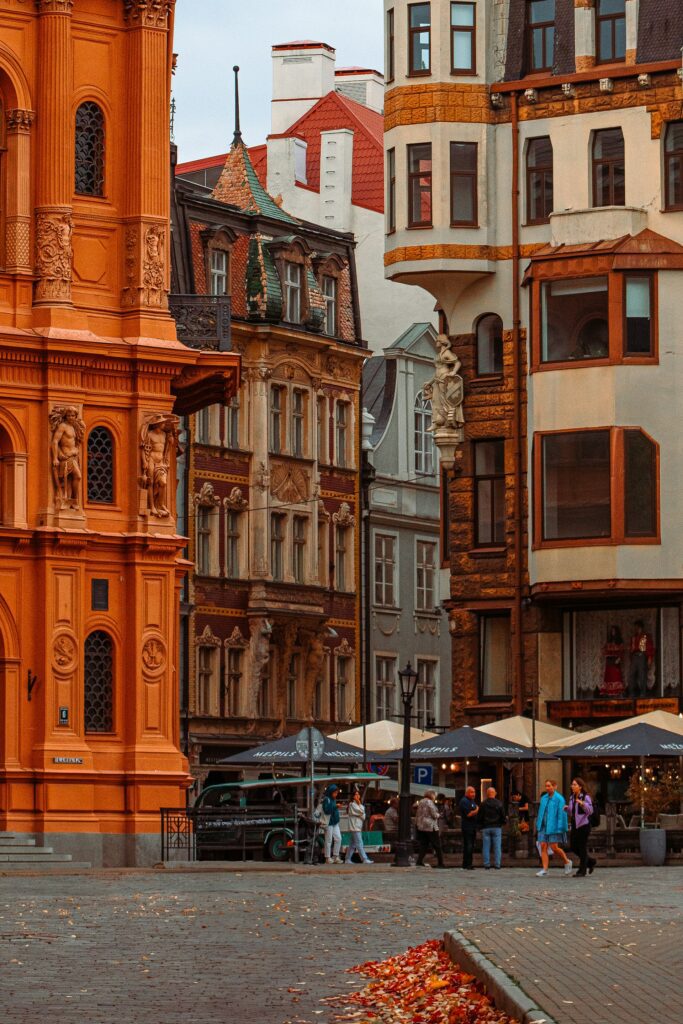
Jurmala
Jurmala, Latvia’s premier seaside destination, is a must-visit for Interrail travellers seeking relaxation and natural beauty. Located just 25 kilometres from Riga, it’s an easy day trip or a perfect spot for a longer stay. Famous for its long, sandy beaches, pine forests, and charming wooden cottages, Jurmala offers a peaceful retreat from the bustle of city life.
The town is renowned for its Blue Flag beaches, stretching over 30 kilometres along the Baltic Sea. Majori and Dubulti are among the most popular, offering soft white sand, shallow waters, and plenty of space to relax. During the summer, these beaches are perfect for swimming, sunbathing, and water sports like windsurfing or paddleboarding.
Jurmala’s historic wooden houses, many built in the 19th century, add to its unique charm. The town has a reputation as a health resort, with numerous spas and wellness centres where visitors can enjoy traditional treatments such as mud baths and mineral water therapies.
A stroll along Jomas Street, Jurmala’s main pedestrian thoroughfare, offers an array of cafes, restaurants, and boutique shops. Here, you can sample Latvian cuisine or simply enjoy the relaxed seaside atmosphere.
Jurmala is well-connected by frequent trains from Riga, making it an easy addition to any Interrail itinerary. Beyond the beaches, travellers can explore the nearby Kemeri National Park, known for its bog walks, wildlife, and sulphur springs.
Whether you’re seeking a peaceful escape or a beachside adventure, Jurmala is a perfect stop for Interrail travellers exploring Latvia and beyond.
Sigulda
Sigulda, often referred to as the “Switzerland of Latvia,” is a perfect destination for Interrail travellers seeking outdoor adventure and historical exploration. Located just 50km from Riga, it’s easily accessible by train and offers a stunning natural landscape, rich in forests, hills, and the picturesque Gauja River Valley.
The town is at the heart of Gauja National Park, Latvia’s largest and most popular national park. Here, visitors can enjoy a wide range of outdoor activities such as hiking, cycling, and canoeing. The Sigulda Bobsleigh and Luge Track offers a thrilling experience for adrenaline seekers, where you can ride down the track in a bobsled or, in winter, try out the luge.
Sigulda is also steeped in history. Its medieval castles are a key attraction, with Sigulda Castle and the nearby Turaida Castle offering a glimpse into Latvia’s past. Turaida Castle, perched on a hilltop overlooking the Gauja River, is particularly impressive. The castle’s museum provides fascinating insights into the region’s medieval history, and the panoramic views from the tower are breathtaking.
For those interested in culture, the Turaida Museum Reserve includes ancient buildings, sculptures, and historical exhibitions, making it a cultural highlight of the region. The nearby Gutmanis Cave, the largest cave in the Baltics, is another intriguing site, filled with legends and ancient inscriptions.
Sigulda’s peaceful atmosphere, combined with its natural beauty and historical significance, makes it a perfect stop for Interrail travellers wanting to experience the best of Latvia’s countryside. Whether you’re exploring the forests or delving into the region’s medieval heritage, Sigulda offers a memorable and varied experience.
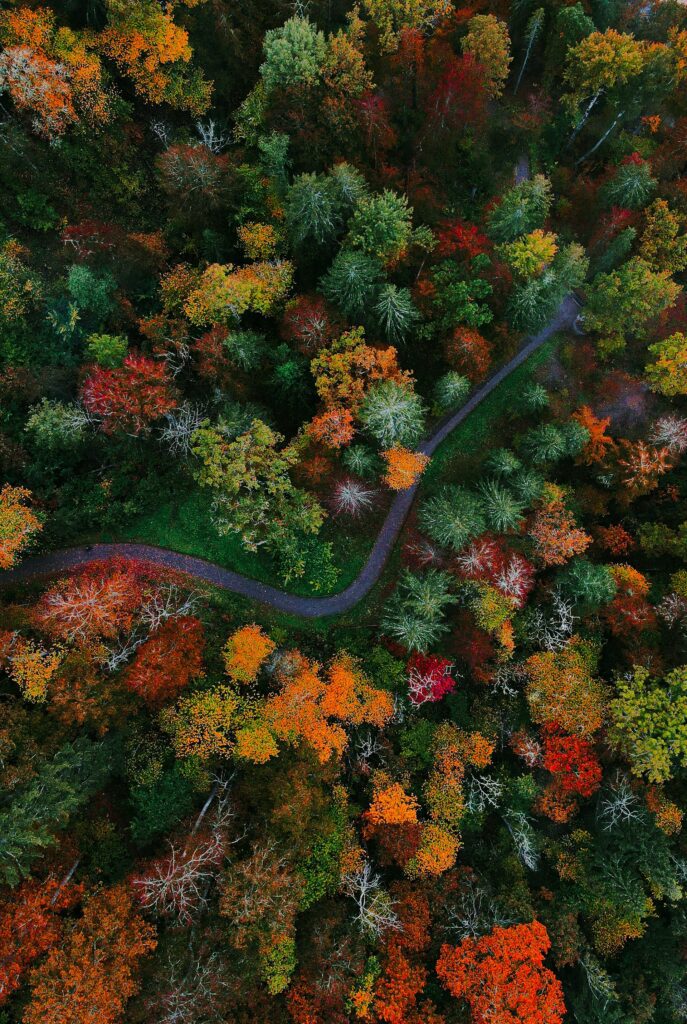
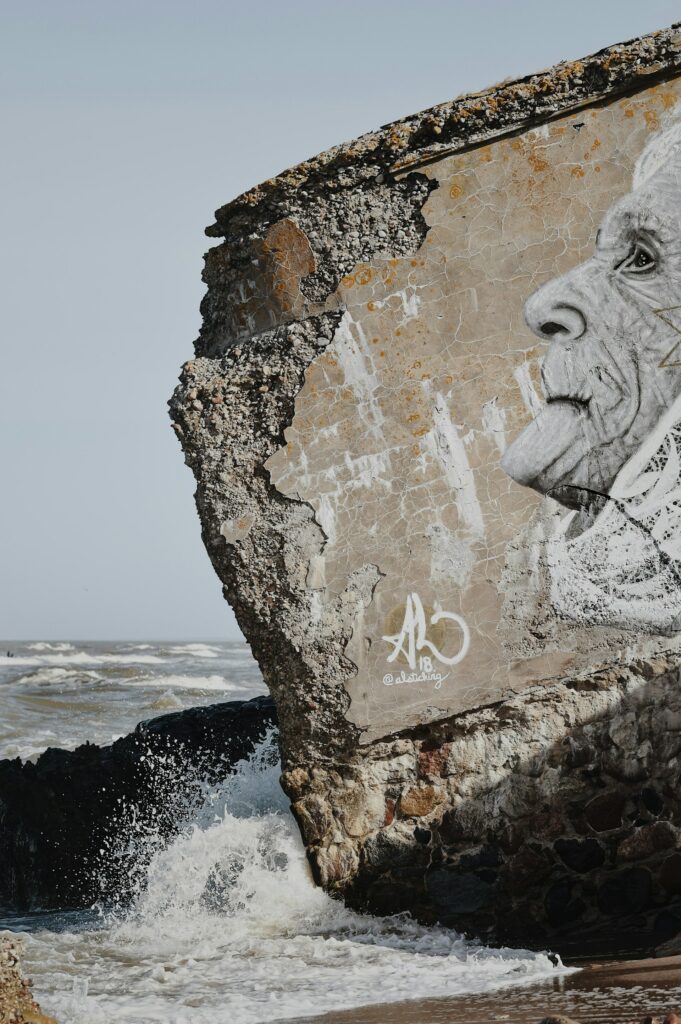
Liepāja
Liepāja, often called the “city where the wind is born,” is a fascinating stop for interrail travellers looking to experience Latvia’s coastal charm and rich cultural heritage. Located on the Baltic Sea, about 200km from Riga, Liepāja combines beautiful beaches, a unique musical history, and striking architecture.
One of Liepāja’s main attractions is its pristine Blue Flag beach, a popular spot for swimming, sunbathing, and water sports. The sea breeze, which gives the city its nickname, makes it ideal for windsurfing. During the summer, the beach and surrounding Seaside Park offer a relaxed, laid-back atmosphere perfect for unwinding.
Liepāja is also known for its vibrant music scene. The city is home to the “Music Walk of Fame,” which honours Latvia’s most famous musicians. The Great Amber Concert Hall, a striking modern architectural landmark, hosts concerts and cultural events throughout the year, making it a must-visit for music lovers.
For history enthusiasts, Liepāja has plenty to explore. Karosta, the former naval port district, offers a glimpse into the city’s military past. Once a secret Soviet military base, Karosta now houses the Karosta Prison, which operates as both a museum and an immersive experience where visitors can learn about life during Soviet rule. The district is also home to the Northern Forts, a haunting yet fascinating site where remnants of fortifications meet the crashing waves of the Baltic Sea.
Liepāja’s compact city centre is easy to explore on foot, with an array of Art Nouveau buildings, wooden houses, and the stunning Holy Trinity Cathedral, known for its impressive organ. The city’s relaxed vibe and rich history make it an ideal destination for Interrail travellers wanting to explore Latvia’s western coast. Whether you’re drawn by the beach, culture, or history, Liepāja offers a unique and memorable experience.
People who visit Latvia also visit...
Which Interrail pass do I need to travel around Latvia?
Interrail Global Pass
Interrail Latvia Pass
Do I need to make train seat reservations in Latvia?
Your Interrail pass covers you for all Latvian trains and no train reservations are required apart from these two routes:
- Riga – Daugavpils – Indra
- Riga – Rezekne II
Reservations cannot be made online, but can be done by phoning Latvian Railways on +371 90000 1222. Alternatively, you can book a seat reservation at a Latvian train station up to an hour before travel.
Where to stay in Latvia
The Naughty Squirrel Hostel - Riga
Travellers Beach Hostel - Liepāja
Read more about Latvia on our blog
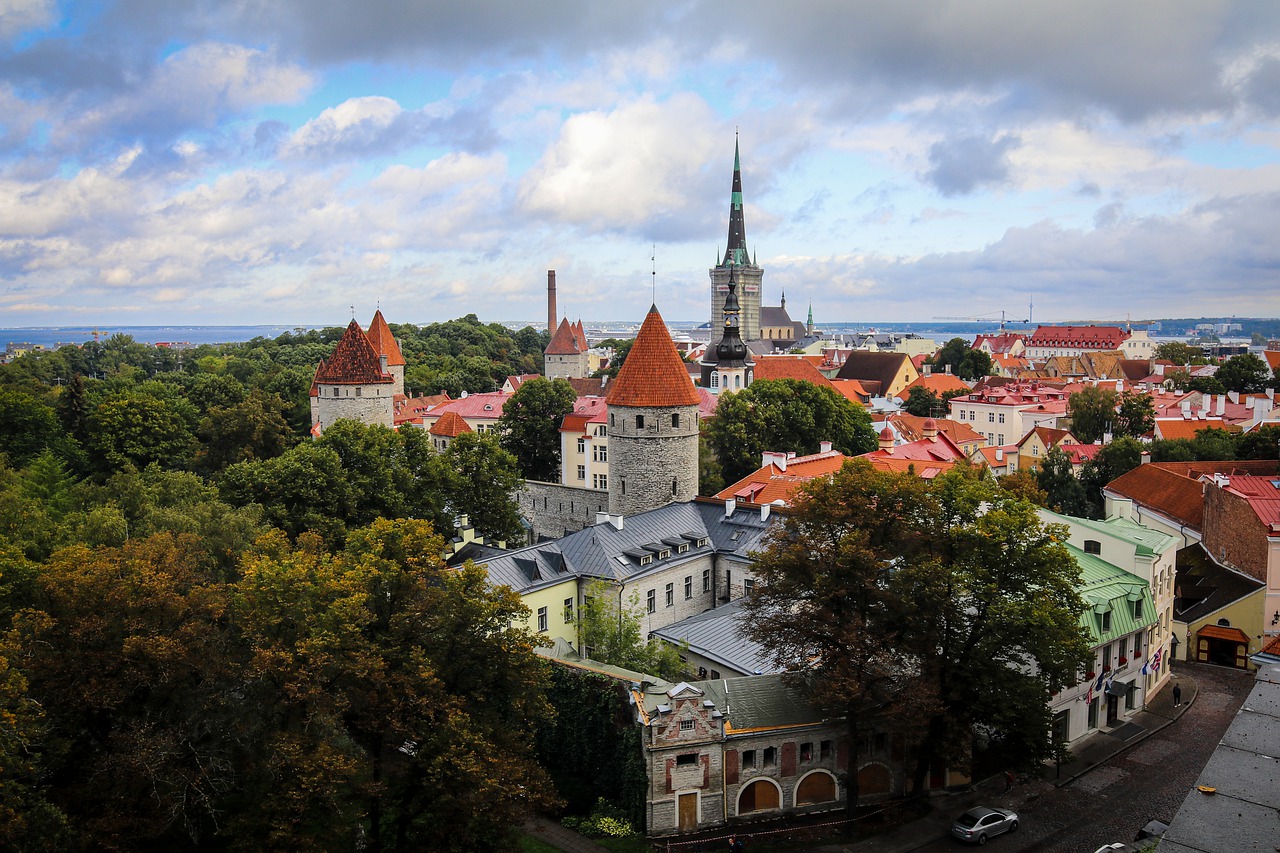
Where to Interrail in the Baltics: Lithuania, Latvia and Estonia
The Baltics are amazing. Filled with awe-inspiring natural landscapes, UNESCO World Heritage Sites, bustling cityscapes and more, there is so much to see and do
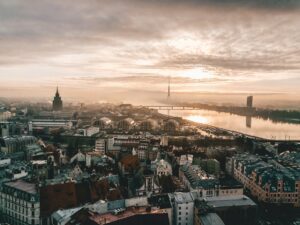
Where to go in the Baltics? 6 places not to miss
The Baltic states of Lithuania, Latvia, and Estonia have their own unique landscapes and cultures rich in history. While many films continue to depict the

An Interrailer’s Guide to Riga: Where to Go and What to See
Planning an Interrail trip and going to the Baltics? Discover the hidden gems of Riga, Latvia, with this comprehensive guide. From must-visit attractions to insider tips, get ready for an unforgettable journey.
